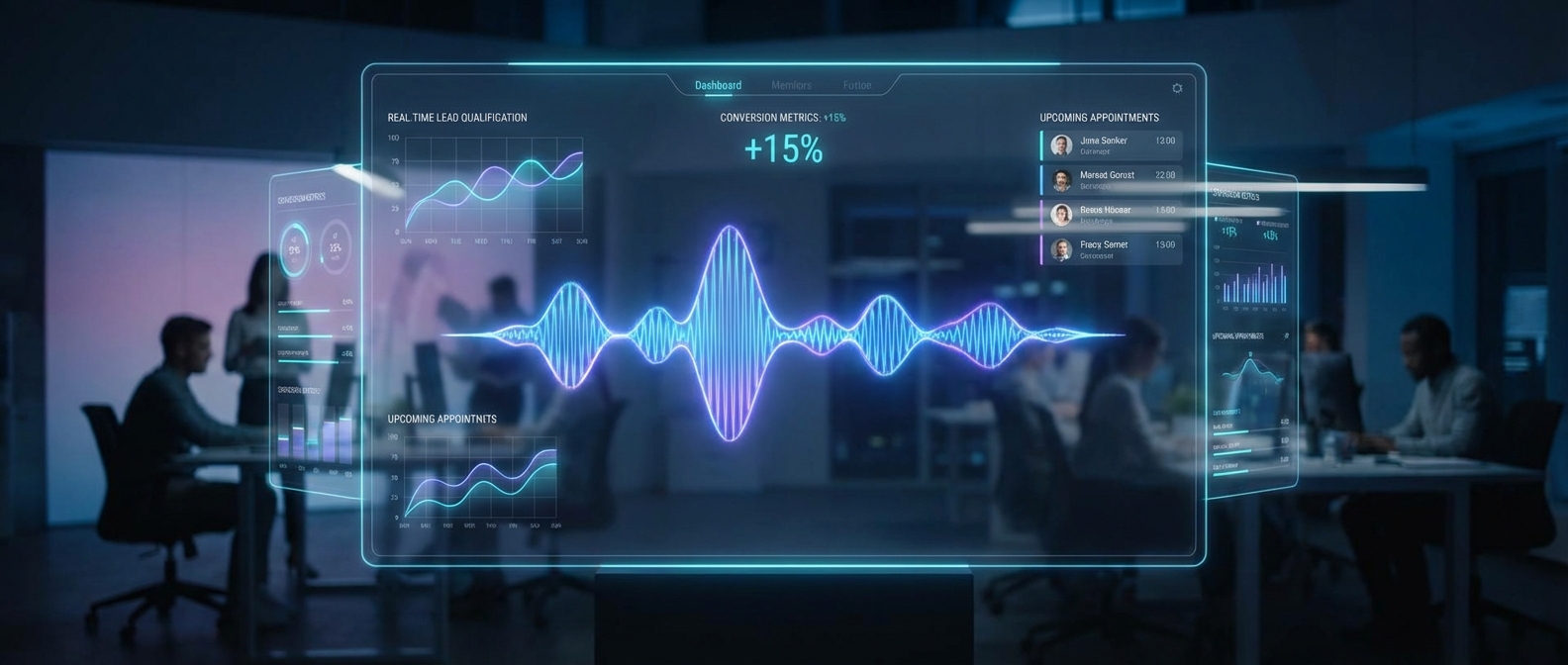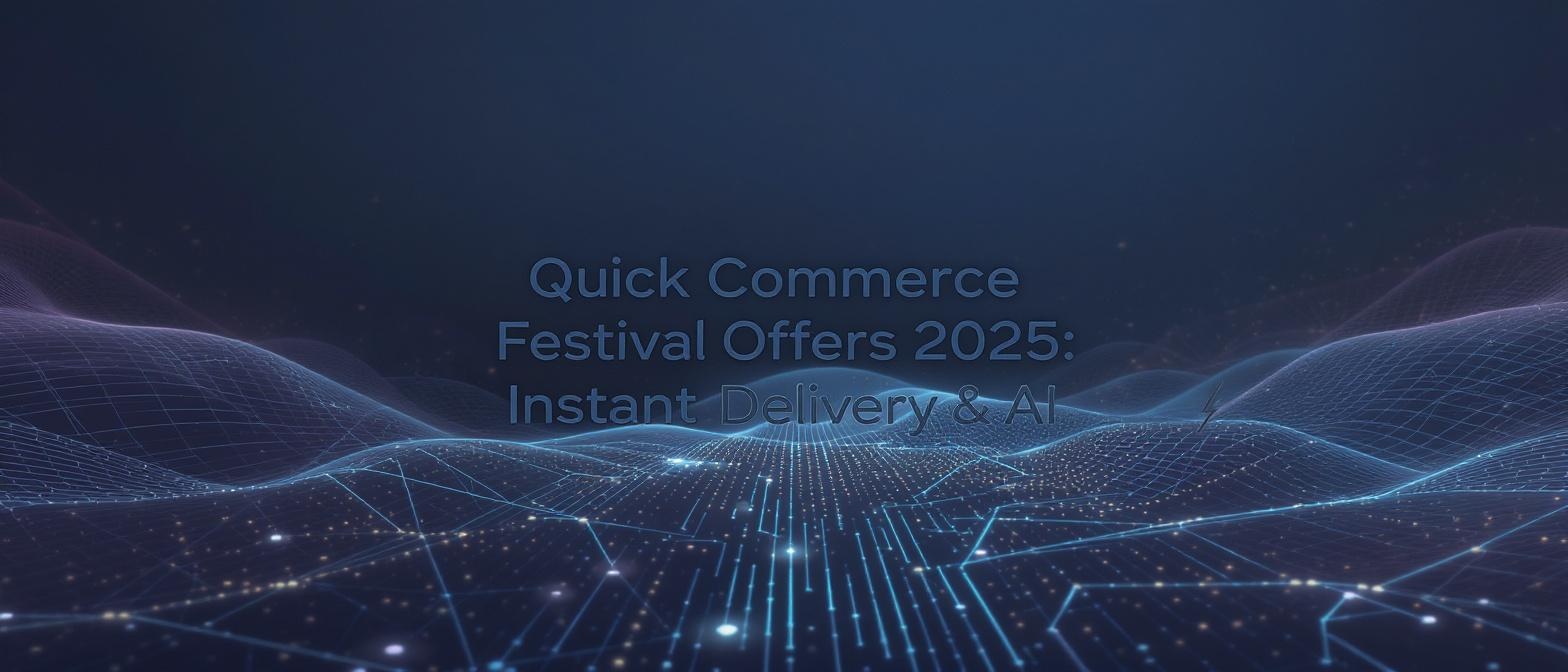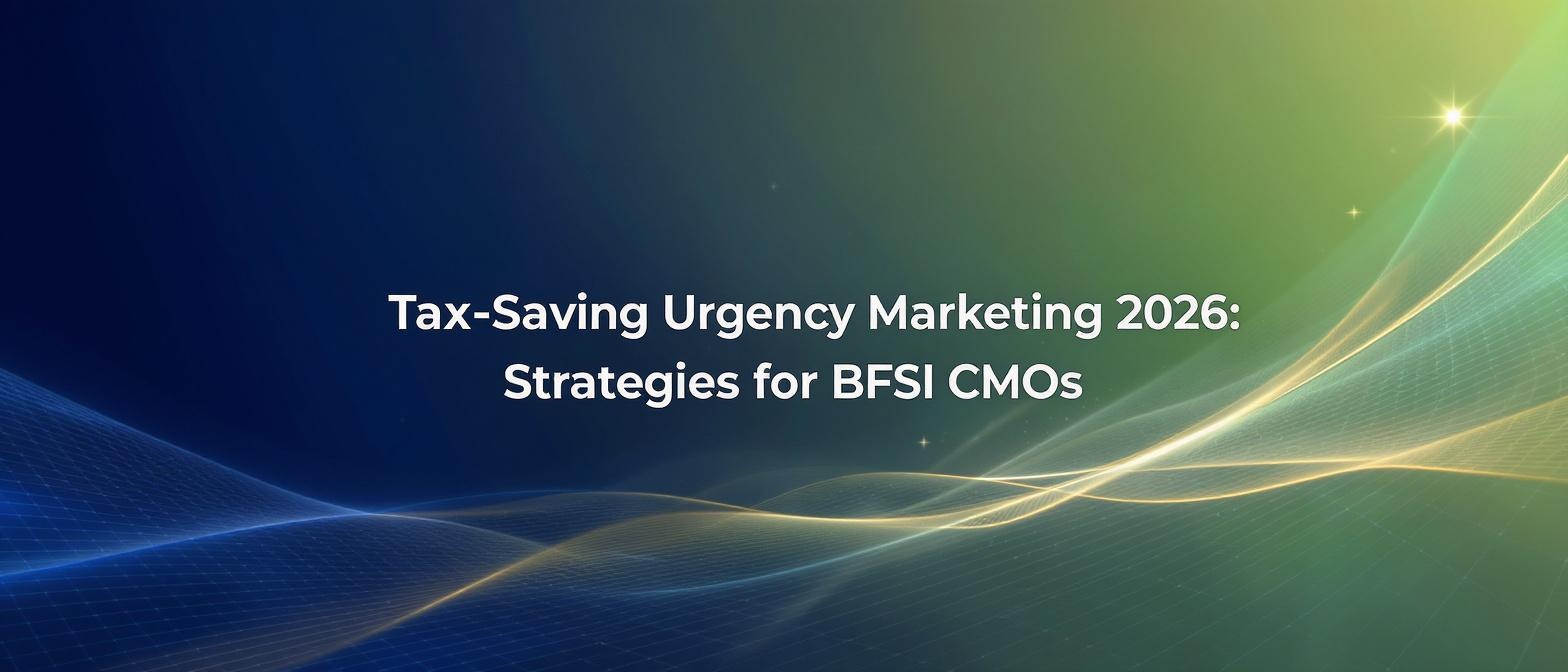AI Avatar Creation: The Definitive Guide to Cloning Yourself for Corporate Training
Key Takeaways
- AI avatars provide scalable and personalized corporate training solutions.
- Ethics and consent are crucial for digital identity protection.
- High-quality hyper-realism reduces the “uncanny valley” effect.
- ROI calculations show significant cost savings and efficiency gains.
- Future trends include interactive AI and AR/VR integration.
In today's fast-paced corporate environment, learning and development (L&D) teams face a monumental challenge: delivering consistent, engaging, and personalized training across a global workforce. The old model of generic video modules is failing to connect with employees, leading to disengagement and knowledge gaps. Recent data reveals a powerful solution: a 2024 study shows that AI-powered learning tools help 73% of employees understand training material better. This isn't just about replacing a human with a digital face; it's about fundamentally transforming how we scale expertise and communication. The process of AI avatar creation and creating a digital clone of yourself or key personnel is no longer science fiction—it's a strategic imperative for modern corporate training. Beyond AI Art Generator: Video Avatars for Business Growth
While many guides explain the “how,” they often overlook the critical “why” and “what’s next.” They fail to address the nuances of creating truly lifelike avatars, the ethical considerations of digital identity, and the measurable ROI of such an investment. This article goes beyond a simple step-by-step tutorial. We will explore the strategic framework for deploying AI avatars, delve into the advanced technologies that separate realistic clones from robotic talking heads, and provide a clear roadmap for measuring the impact on your organization’s bottom line. Prepare to move beyond the hype and learn how to build a scalable, multilingual, and deeply engaging training program powered by your own digital twin.
Section 1: Reimagining the Corporate Training Crisis
The traditional approach to corporate e-learning is fundamentally broken. Companies invest millions in Learning Management Systems (LMS) populated with generic video content that suffers from a “one-size-fits-none” syndrome. This standardized method ignores diverse learning paces, cultural nuances, and the simple human need for relatable instruction. The result? A disengaged workforce and wasted L&D budgets. The core challenge isn’t just creating content; it’s creating content that scales without losing its impact.
This problem is magnified in global organizations. A training module that resonates with an audience in North America may fall flat in Southeast Asia due to language barriers and cultural disconnects. The cost and logistical nightmare of re-shooting videos with local talent for every single market is prohibitive. This leads to a critical breakdown in knowledge transfer, affecting everything from sales performance to compliance adherence. Furthermore, data shows that efficiency is a key demand from modern learners. A recent study highlighted that 63% of employees find that AI helps them study more efficiently. They don’t want to sit through lengthy, irrelevant modules; they need targeted, accessible information on demand. The challenge, therefore, is not merely to digitize training but to make it intelligent, adaptable, and respectful of the employee’s time and context. The 5 Most Critical Types of Training AI Video Training is Transforming for L&D Professionals
Section 2: The Leap to Lifelike: Innovations in Digital Clone Technology
The solution to this crisis lies in the evolution of AI avatar technology, which has moved far beyond the clunky, cartoonish figures of the past. The latest trend is a massive leap towards hyper-realism, creating “digital twins” that are virtually indistinguishable from their human counterparts. This isn’t just a cosmetic upgrade; it’s about capturing the subtleties of human expression, tone, and presence that are essential for effective communication and building trust with the learner.
Technologically, this involves sophisticated machine learning models trained on vast datasets of human video. These models analyze facial muscle movements, speech patterns, and micro-expressions to create a digital representation that can be animated from a simple text script. The most advanced systems can clone a person’s voice with remarkable accuracy, preserving the original pitch, cadence, and emotional inflection. This allows a single recorded expert—be it a top-performing salesperson, a senior engineer, or the CEO—to deliver a flawless, personalized message at an infinite scale. Platforms like Studio by TrueFan AI enable this by using real, licensed actors and influencers as the basis for their avatars, ensuring a foundation of authentic human likeness from the start. This focus on photorealism and licensed identity is a critical differentiator from platforms that rely on purely CGI-generated or ethically questionable “deepfake” models. The Complete Guide to Professional Filming Techniques for Creating Lifelike Avatars
Section 3: A Practical Framework for Advanced AI Avatar Implementation
Successfully integrating AI avatars into your corporate training requires more than just access to the technology; it demands a strategic framework. Simply creating a digital clone without a clear plan will yield poor results. Here is a four-step implementation process that goes beyond the basic “upload and generate” model.
Step 1: Define Granular Learning Objectives & Persona
Before creating anything, identify the precise skill or knowledge gap you’re addressing. Is it for onboarding new sales reps on a specific product? Or for rolling out a new compliance policy to a global team? Define the target audience and the key takeaways. This will inform the persona of your AI avatar. Should it be authoritative and formal, or encouraging and friendly? Matching the avatar’s persona to the learning objective is the first step toward engagement.
Step 2: Scripting for an AI Persona
Writing for an AI avatar is different from writing for a human presenter. Scripts should be concise, clear, and broken into smaller, digestible segments (100-120 characters is often optimal). Use natural language, but avoid overly complex sentences or ambiguous slang that the AI’s text-to-speech engine might misinterpret. The goal is to create a script that feels like a natural conversation, allowing the AI’s vocal inflections to shine through.
Step 3: Develop a Localization and Personalization Strategy
This is where AI avatars deliver unmatched value. Plan your content for a global audience from day one. Write a master script in your primary language and then leverage the platform’s capabilities to translate and generate versions for different regions. Studio by TrueFan AI’s 175+ language support and AI avatars with perfect lip-sync make this seamless. Instead of just translating words, you can slightly alter scripts to include culturally relevant examples or address regional market conditions, creating a truly localized experience at a fraction of the cost of traditional methods. AI Video Generator: Beyond Text-to-Speech in 2025
Step 4: Integration and Feedback Loop
Deploy your AI-generated video content through your existing LMS, internal portals, or communication channels like Slack and Microsoft Teams. But don’t stop there. Implement a feedback mechanism, such as a short survey or a rating system after each video. Use this data to understand what’s working and what isn’t. Is a particular avatar resonating more with employees? Are certain topics requiring more detailed explanations? Use these insights to continuously refine your scripts, personas, and overall strategy.
Section 4: The Overlooked Imperative: Ethics, Consent, and Quality
As organizations rush to adopt AI avatar technology, many overlook two critical considerations that can make or break a program: the ethics of digital identity and the technical challenge of ensuring quality. The competitor’s guide, focused solely on the “how-to,” completely misses this essential conversation.
The most important ethical principle is consent. When creating a digital clone of an employee, executive, or even a hired actor, a clear and transparent agreement is non-negotiable. This agreement must outline exactly how the digital twin will be used, for how long, and what content it will be used to generate. Leading platforms in this space operate on a “consent-first” model, ensuring that all avatars are either based on fully licensed actors who are compensated for their likeness or are created with the explicit, documented permission of the individual being cloned. This approach, which includes robust content moderation to block the creation of hateful, political, or explicit content, is the only way to build a sustainable and trustworthy AI training program. It protects both the company from legal risk and the individual from reputational harm.
The second overlooked factor is the technical challenge of avoiding the “uncanny valley”—the unsettling feeling viewers get from avatars that are almost, but not quite, human. A key challenge in AI avatar implementation is achieving lifelike interactions that truly resonate. This comes down to the quality of the underlying AI. Superior platforms invest heavily in perfecting lip-sync across dozens of languages, ensuring natural vocal cadence, and rendering high-definition video that looks professional. An avatar that appears robotic, has mismatched lip movements, or speaks in a monotone voice will actively disengage learners and undermine the credibility of the training material. Therefore, when evaluating platforms, it’s crucial to look beyond feature lists and scrutinize the actual output quality.
Section 5: Calculating the ROI of Your Digital Clone Strategy
A primary reason for executive hesitation in adopting new technology is the perceived difficulty in measuring its return on investment (ROI). However, the business case for AI avatars in corporate training is remarkably clear and quantifiable. Unlike vague promises of “better engagement,” a well-implemented avatar strategy delivers hard, measurable savings and productivity gains.
The ROI calculation can be broken down into a simple formula: ROI = (Cost Savings + Productivity Gains - Investment Cost) / Investment Cost.
- Cost Savings: This is the most direct benefit. Calculate the cost of traditional video production: studio rental, camera crew, travel for experts/actors, editing, and localization (re-shooting or hiring voice-over artists for multiple languages). Compare this to the subscription cost of an AI platform. Solutions like Studio by TrueFan AI demonstrate ROI through drastically reduced production timelines—from weeks to minutes—and the elimination of nearly all physical production overhead. A single monthly fee can replace tens of thousands of dollars in per-project video expenses. AI Video Generation ROI: Marketing Intelligence Guide
- Productivity Gains: This is measured by the speed and scale of information dissemination. How quickly can you update training when a product feature changes or a new regulation is introduced? With AI avatars, a script update is all it takes to generate a new video in minutes, available in 175+ languages simultaneously. This agility means salespeople are trained faster, compliance is met sooner, and employees spend less time in training and more time performing their roles. Benchmark data suggests that efficient, AI-driven micro-learning can reduce training time for a given topic by up to 50%.
- Investment Cost: This is the straightforward monthly or annual subscription fee for the AI avatar platform (e.g., starting at ₹2,999/month) and the time spent by an L&D professional to write scripts and manage the content.
By plugging in your organization’s specific numbers, you can quickly build a compelling business case that frames AI avatar creation not as an expense, but as a high-return investment in efficiency and scalability.
Section 6: The Future Roadmap: Interactive Avatars and Immersive Learning
The current generation of AI avatars, which transform text into polished video presentations, is just the beginning. The future of AI in corporate training is interactive, immersive, and deeply integrated into the flow of work. As you plan your strategy for today, it’s crucial to anticipate the trends that will define the next three to five years.
The next immediate evolution is the AI Teaching Assistant. Imagine an AI avatar that doesn’t just present information but can answer follow-up questions in real-time. Employees could engage in a simulated conversation to practice sales pitches, handle customer objections, or navigate difficult conversations. The AI avatar could provide instant feedback on their word choice, tone, and confidence, offering a safe space to practice and refine critical skills. This moves from passive learning to active, personalized coaching at scale.
Looking further ahead, AI avatars will become the face of immersive learning experiences in the metaverse and augmented reality (AR). A new hire could put on a headset and be guided through a virtual tour of a factory by a photorealistic AI clone of the plant manager. An engineer could use AR glasses to look at a piece of equipment while an AI expert avatar appears beside them, pointing out specific components and walking them through a repair procedure. This convergence of AI and spatial computing will make training contextual, hands-on, and incredibly effective. Preparing for this future means choosing an AI avatar platform today that is built on high-quality, realistic digital twins, as these assets will be the foundation for these future immersive applications.
Frequently Asked Questions
How do you ensure AI avatars don’t feel robotic or fall into the “uncanny valley”?
The key is using platforms that prioritize hyper-realism and high-quality source material. This involves advanced lip-sync technology that works accurately across many languages, natural-sounding text-to-speech with emotional inflection, and using digital twins of real people rather than purely computer-generated characters. The goal is to capture the subtle nuances of human expression, which makes the avatar feel more present and trustworthy to the learner.
What are the legal and ethical considerations of cloning an employee’s likeness?
This is a critical question. The cornerstone of ethical AI avatar creation is explicit and informed consent. You must have a clear, written agreement with the employee that specifies exactly how their digital likeness will be used, for what purpose, and for how long. It’s crucial to use platforms that have built-in content moderation to prevent misuse and to ensure that the individual is fairly compensated for the use of their digital twin.
How much does it typically cost to create a custom AI avatar for our company?
The cost varies significantly. Using a pre-built, licensed avatar from a platform’s library is the most cost-effective option, often included in a monthly subscription. Creating a custom digital clone of a specific person (like a CEO or top trainer) is a more premium service. It involves a dedicated recording session and more intensive AI training, and is typically offered as part of an enterprise-level plan with bespoke pricing.
Can AI avatar videos be integrated with our company’s existing Learning Management System (LMS)?
Yes, absolutely. Most AI avatar platforms allow you to download the generated videos as standard MP4 files. These files can then be easily uploaded to any major LMS (like Moodle, Canvas, or Cornerstone) just like any other video content. More advanced platforms may also offer API integrations, allowing for more seamless workflows where videos can be generated and pushed to the LMS programmatically.
How does a platform like Studio by TrueFan AI handle data security and compliance?
Top-tier platforms prioritize security and compliance to build trust with enterprise clients. This includes being certified with standards like ISO 27001 and SOC 2, which govern information security management. Studio by TrueFan AI also employs a “walled garden” approach with built-in content filters and watermarking to ensure traceability and prevent the creation of inappropriate content, maintaining a 100% clean compliance record and protecting client data. AI-Animated Videos: Your New Marketing Engine for 2025
What is the difference between a “digital twin” and a basic AI avatar?
A basic AI avatar is often a more generic, cartoonish, or CGI-based character. A “digital twin” refers to a photorealistic AI avatar created from a specific, real human being. The process aims to capture their unique likeness, voice, and mannerisms as accurately as possible. For corporate training, digital twins are far more effective as they bring a level of authenticity, authority, and relatability that generic avatars cannot match.
Conclusion
The conversation around AI avatar creation has fundamentally shifted. It is no longer a novelty but a core component of a modern, high-performance corporate training strategy. While the competitor’s approach focuses on the simple mechanics of generation, we’ve seen that true success lies in a much deeper strategic execution. It requires moving beyond basic animation to embrace hyper-realistic digital twins, building your program on an ethical foundation of consent, and demanding a clear, quantifiable return on your investment.
The ability to create a digital clone of your best expert and scale their knowledge across the globe, in 175+ languages, is a paradigm shift. It solves the critical L&D challenges of scalability, personalization, and cost-efficiency in one elegant solution. By focusing on a framework that includes clear objectives, persona-driven scripting, a robust localization plan, and a commitment to quality, you can avoid the common pitfalls and build a program that truly engages and empowers your workforce.
The future is not just about creating videos faster; it’s about creating a more intelligent, responsive, and human-centric learning ecosystem. The journey starts now, by choosing a platform that not only provides the tools but also shares the vision for a more effective and ethical digital future.



